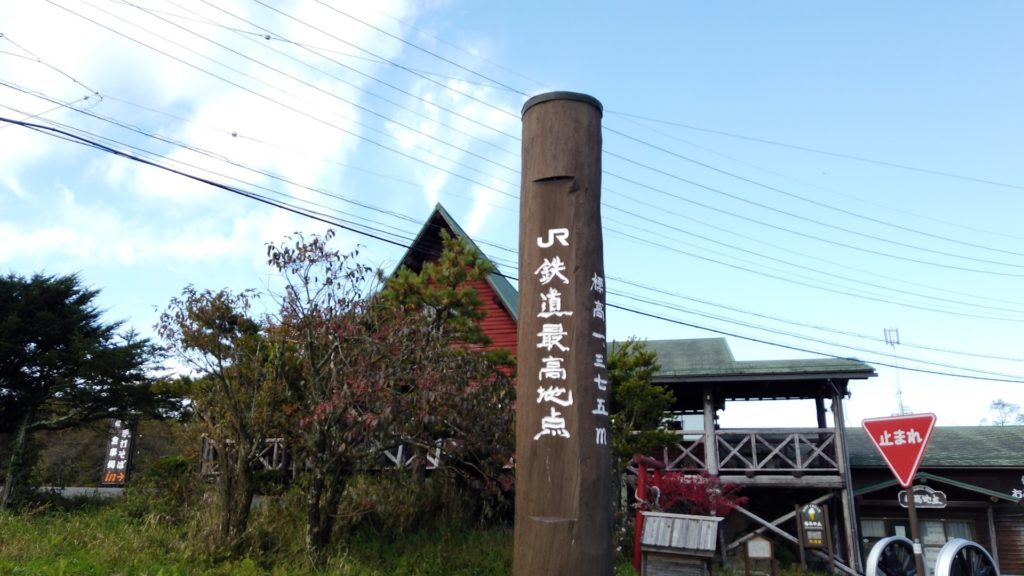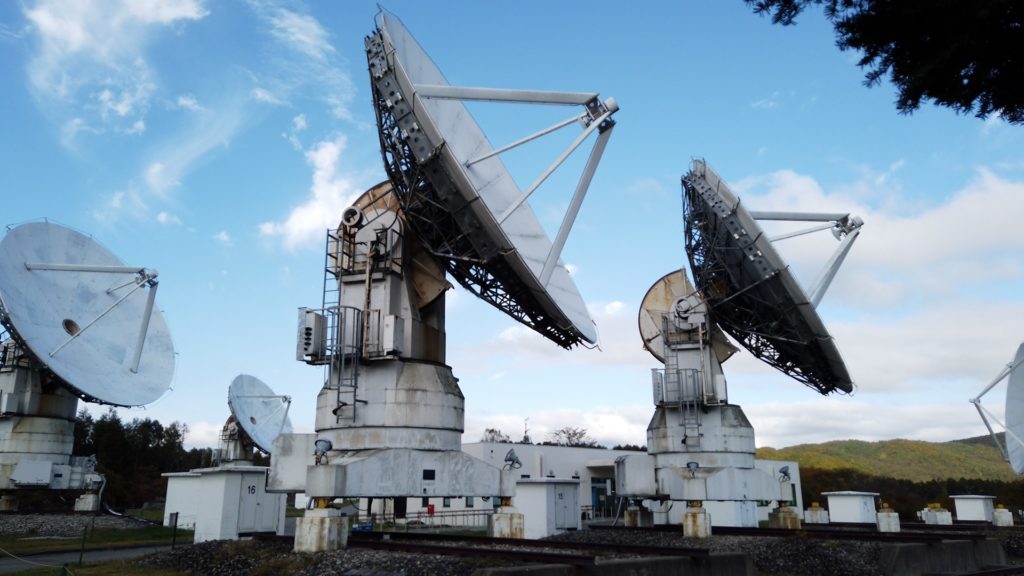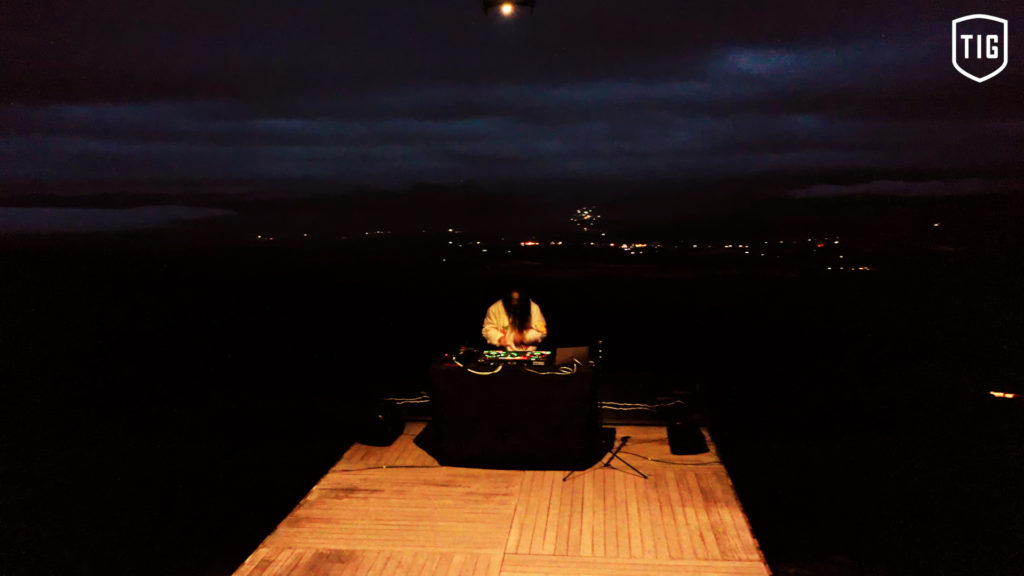- JAPANESE
- LANGUAGE
X
 THAT IS GOOD
THAT IS GOOD
On October 13th, we welcomed music producer straRo and took a video at “Kiyosato Terrace” in San Meadows Kiyosato, a ski resort in Hokuto City, Yamanashi Prefecture, at the foot of Mt. Yatsugatake.
Sun Meadows Kiyosato is a resort facility where you can enjoy activities such as various attractions and craft experiences in winter as a ski resort and in other seasons. At the summit of 1,900m on the slope, which becomes a ski resort in winter, there is “Kiyosato Terrace” where you can enjoy tea and light meals while enjoying the magnificent view of Nobeyama Plateau and Kiyosato Plateau. You can also see the beautiful Mt. Fuji over there.
In addition, every summer at Sun Meadows Kiyosato, a resort-type music festival called “Hi! LIFE Yatsugatake” is held where you can enjoy the best music, food and workshops in the best location. This year, the schedule was changed due to the influence of Corona, and it was held in a camp-in style on September 12th and 13th under thorough infectious disease prevention measures.

starRo was appearing in the Hi! LIFE Yatsugatake this year, and was originally scheduled to be filmed on the morning of September 13th when he would perform a DJ as the content of the event. However, unfortunately that day was a stage in deep fog, and I couldn’t capture the view from Kiyosato Terrace. This was the first re-shooting of THAT IS GOOD, and it was retaken on October 13th, a month later
The southeastern part of the foot of Yatsugatake, mainly around Kiyosato Station, is called Kiyosato Plateau, and the eastern part around Nobeyama Station is called Nobeyama Plateau. These areas are volcanic slopes ranging from 1,000m to 1,900m above sea level, and Kiyosato was said to have been a wilderness before 1938, when full-scale settlement began. Since the volcanic soil is strongly acidic, neutralizing lime has no effect, making it unsuitable for growing crops.
Around the same time, a Christian youth in Japan was created by Paul Rusch, an American pastor who came to Japan to rebuild the Japan Christian Youth Association after the Great Kanto Earthquake and was also involved in raising funds for the construction of St. Luke’s International Hospital. The current Seisen Dormitory was opened by him because of the desire to train leaders.
Around the same time, a Christian youth in Japan was created by Paul Rusch, an American pastor who came to Japan to rebuild the Japan Christian Youth Association after the Great Kanto Earthquake and was also involved in raising funds for the construction of St. Luke’s International Hospital. The current Seisen Dormitory was opened because of the desire to train leaders.
Paul then temporarily left Japan for World War II, but after the war he returned to Japan as a GHQ officer. In 1947, about 300ha of prefectural land was rented by the courtesy of the then governor of Yamanashi Prefecture. The following year, the “KEEP Association (Kiyosato Educational Experiment Project)” will be established with the aim of creating a community that will serve as a model for rural areas in Japan.
In addition, Paul was one of the first to adopt dairy farming by taking advantage of the environment of the high cold region, which was not suitable for agricultural products, and provided support for the development by cultivating western vegetables. For this reason, he is called the father of Kiyosato Pioneer and is also known as the Japanophile. He also came up with the idea of a strong ice cream that can be enjoyed at Seisen-ryo, which is currently one of Kiyosato’s tourism resources.
Nobeyama has been a production area for cows and horses for a long time. It is said that the cow and horse auction market was opened in 1886, and in 1900, several ranches including Uminoguchi Ranch were built and crowded. After that, Chinese cabbage was successfully prototyped, potatoes and corn were produced, and it is now famous as a highland vegetable producing area.

Nobeyama Station on the JR Koumi Line is known as the highest station on the JR line (1,345m above sea level), and the highest point on the railroad track (1,375m above sea level) is also on this line.

Also, fortunately, taking advantage of the environment where there is little rain and the air is dry, the surrounding area is surrounded by mountains and there is little radio interference, so the observation facility of the Astronomical Radio Research Department of the Observatory of the University of Tokyo has been set up, and it is said to be a sacred place for radio astronomy in Japan.
They have the world’s largest 45m radio telescope as a radio telescope that can observe solar radio waves and radio waves called millimeter waves. They continue to produce important observations worldwide, such as the discovery of evidence of the existence of a number of nova molecules and black holes.

The weather was fine on the day of the re-shooting, and we took pictures of Nobeyama Station and the Space Radio Observatory during the day. When the cafe closed in the evening, I went up to “Kiyosato Terrace” and started shooting. Unfortunately we couldn’t see Mt. Fuji, but we were able to finish the shooting safely. It’s only a month different from last month, but the dusk was early, and at the end it was taken in total darkness, and at the end I was able to take a slightly strange picture with a fantastic feeling. Please take a look to the end! !!
Written by THAT IS GOOD editorial department Nakamura